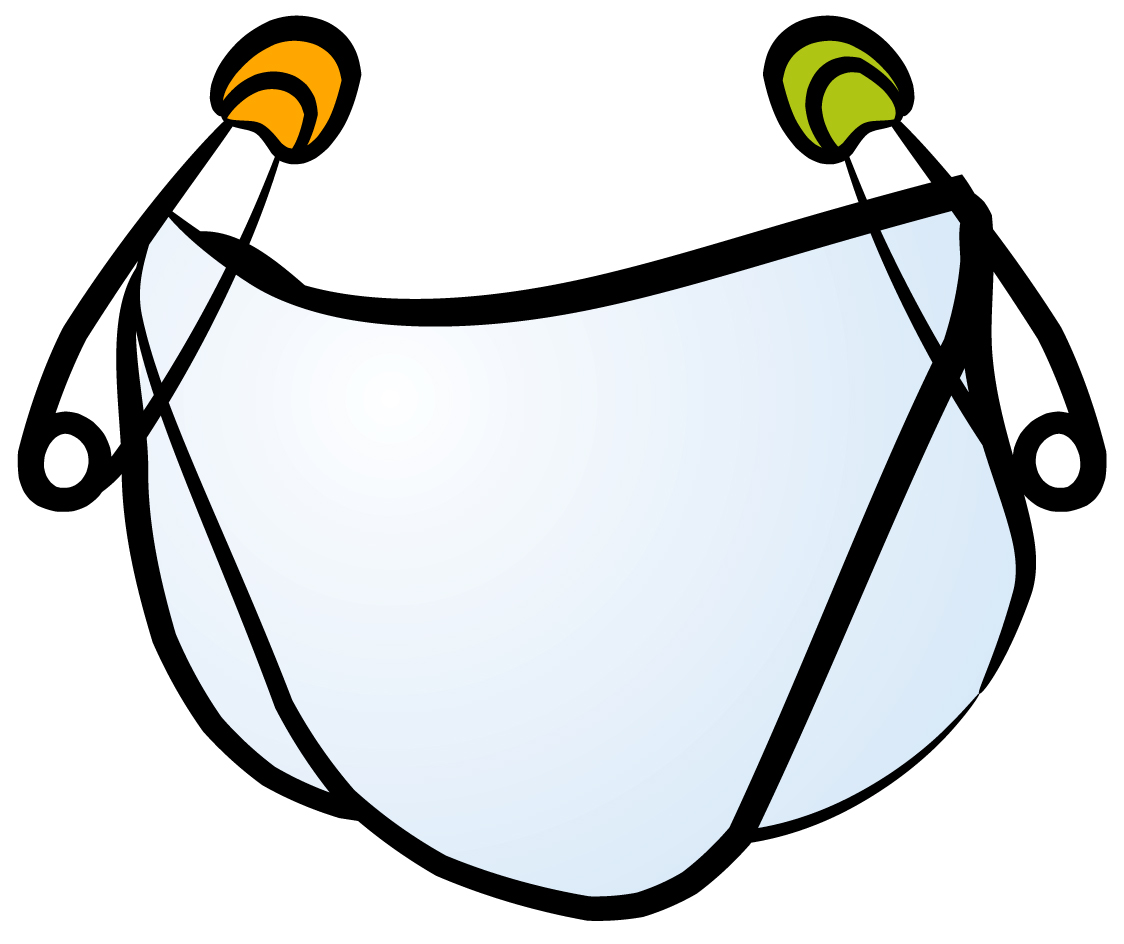Diaper rash is a common problem in babies from birth to about three years old. It can include everything from slightly reddened, inflamed skin to crusted, weeping sores where the diaper contacts the skin.
Causes of Diaper Rash
Irritation
Urine and stool irritate the skin. As your infant begins eating solid food, their altered digestion will affect their bowel movements and cause a diaper rash.
Allergies
Infants with sensitive skin may react to something in their diapers, wipes, soap, or cream. If you suspect your child has an allergic reaction, stop using the product, or switch to a new product to see if the rash abates. Be sure to wait about two weeks after the switch to observe the full effects.
Bacterial Infection
Several bacterial infections can cause diaper rashes, like staph infections or strep. Bacterial infections can vary in appearance. Your pediatric healthcare provider can help you to determine if your child has a bacterial infection.
Yeast Infection
This common fungal pathogen can infect the skin around the genitals. Yeast infections usually appear like a shiny, pink patch with edges. They often have bumps and may have cracked, oozing, or bleeding sores around the folds of the genital area. Yeast infections are common after taking antibiotics. It is vital for parents and caretakers to thoroughly wash hands before and after contact with a yeast infection to avoid spreading.
 Prevent Diaper Rash
Prevent Diaper Rash
- Change your child’s diaper frequently. Please pay attention to when your child’s diaper is soiled, and it is time to change them. Plan on changing your infant’s diaper every 3 to 4 hours, though each baby is different.
- Choose a diaper that works for your child. Highly absorbent diapers tend to produce less irritation. If you are a cloth diaper user, consider using highly absorbent diapers until the diaper rash heals. Then, go back to cloth diapers.
- Leave room for movement. Diapers that are too tight can cause chafing.
- Clean the skin during diaper changes. If you use diaper wipes, opt for an alcohol-free, fragrance-free wipe. Avoid rubbing too hard and allow the cleanser to dry before putting a new diaper on. You can use warm water instead of wipes for painful rashes. Make sure to clean all the folds!
- Keep your child clean. Bathe them daily with water to remove any irritants. If you choose to use soap, opt for a mild baby soap.
- Use a diaper paste on the areas that have contact with the diaper. Use a thick layer to protect the skin. We at GHT recommend vaseline and Aquaphor. For serious rashes, we recommend Boudreaux’s Butt Paste.
- If you use cloth diapers, be sure to clean them properly. Remove excess poop before washing. Use hot water and detergent that is fragrance-free and formulated for sensitive skin. Do not use fabric softener or other products.
When to Contact Your Pediatric Healthcare Provider
- The rash is not going away.
- Your infant is experiencing a lot of pain.
- Fever
- Your infant is taking antibiotics.
- The rash is oozing.




